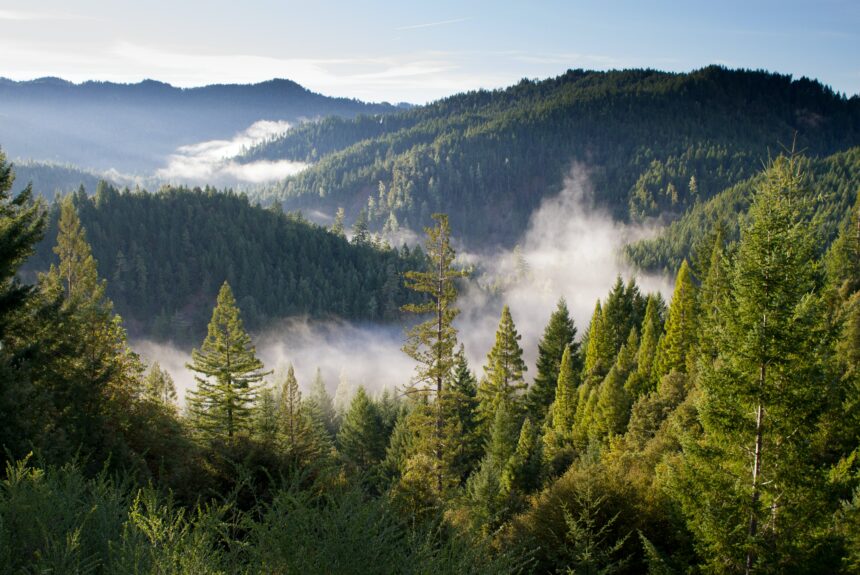CBS reporter Andy Rooney once explained that good news seldom gets covered. Nobody reports from the banks of a river that isn’t overflowing, or from outside the gates of a factory that isn’t closing. True enough, but that means media consumers come away with a bleak view of the world. Casual viewers may think that all rivers overflow and all factories close because that is all they see.
>>>READ: For More Innovation, Unleash More Economic Freedom
This is especially true in climate coverage. Readers are bombarded with stories about how it is the hottest week/month/year in the history of Earth. Readers are told endlessly that time is running out to save the planet. Every event from fires and hurricanes to droughts and floods is cited as evidence of the impending environmental apocalypse.
So as the year begins, how about a little good news?
“Driven by falling costs and better technology, growth in renewables has consistently exceeded expectations,” wrote Wall Street Journal reporter Ed Ballard recently. For example, “BloombergNEF expects solar panels installed this year to add nearly 400 gigawatts of generating capacity. That is 4.5% of the generating capacity of the world’s power plants in 2022. On the current trajectory, transition bulls argue, it is a matter of when renewables erode fossil-fuel use, not if.”
Other sources of energy will also be in development next year.
In France, scientists recently found “one of the largest deposits of natural hydrogen anywhere in the world,” university professor Jacques Pironon told the New York Times. “Hydrogen is magical — when you burn it you release water, so there are no carbon emissions to warm the planet.” The Times adds that “natural hydrogen reserves have been detected recently in parts of the United States, Australia, Africa, Russia and elsewhere in Europe, too.” Hydrogen may not pan out, of course, but this is an exciting path to explore.
So is capturing carbon directly from the air. “Big companies racing to meet their climate goals are striking deals with firms promising to remove carbon dioxide from the atmosphere in coming years,” the Wall Street Journal reports. “The investments are accelerating the development of technologies that aren’t yet operational on a large scale, but could one day help neutralize the emissions companies can’t eliminate.” Again: this technology may not solve all of our climate problems. But it is evidence that humanity is using the power of markets to tackle big problems.
Nuclear power, our largest source of carbon-free power, is beginning to be embraced again as well. “The U.S. and more than 20 other countries announced that they planned to triple nuclear power by 2050,” the Wall Street Journal writes. “Europe launched its largest nuclear reactor this year and Japan is bringing back power stations that were closed after Fukushima, while companies including Bill Gates’ TerraPower are developing small modular reactor projects that are less costly to build than existing reactors.”
>>>READ: Countries Pledge to Triple Nuclear Power by 2050 at COP28
The power of free market competition is also driving the cost of raw materials down. Arthur Herman, a senior fellow at the Hudson Institute, recently reviewed a pair of books about modern mining. He cited a particular example from one of the books: “While the demand for copper continues to soar, the price tends to fall as scientists and engineers find ever more ingenious ways to extract it at less cost—a dynamic that is often true for the other materials.” Overall, Herman says the evidence indicates that humanity “has learned to do more with less.”
Come to think of it, doing more with less would make a good slogan for this year. It is what happens when people are encouraged to deploy the power of markets and compete for customers. This competition will help deliver a cleaner planet for future generations. Something to look forward to in the new year!
The views and opinions expressed are those of the author’s and do not necessarily reflect the official policy or position of C3.
